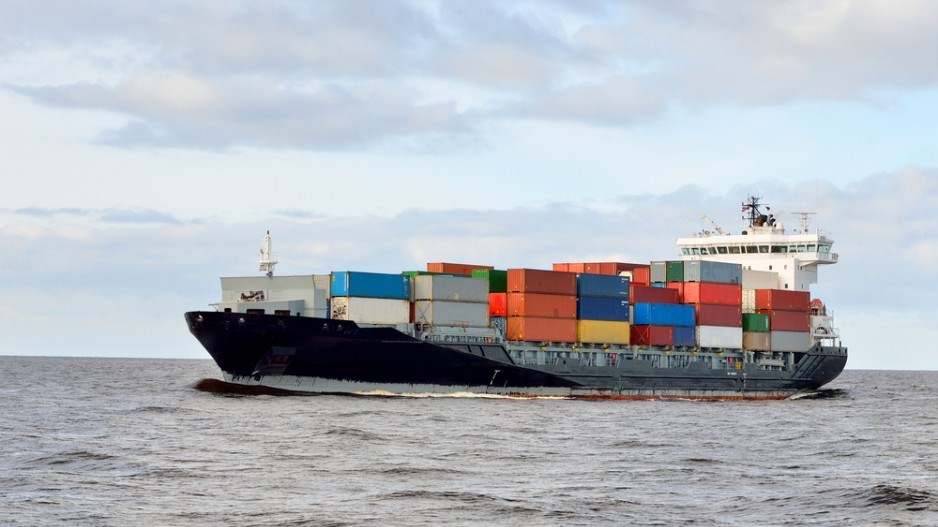Trade in infrastructure will triple by 2030 and will increase as a percentage of overall global trade, according to HSBC Bank Canada.
In its latest trade forecast, HSBC predicts that infrastructure-related trade will increase at an average rate of 9% per year between 2013 and 2030. In addition, it will increase as a percentage of overall merchandise trade from 45% of total goods exports to 54% over the same period.
“The investment that many countries are making in infrastructure is significant, and this provides a huge opportunity for businesses looking to grow and develop,” said Ben Arber, head of global trade and receivables finance for HSBC Bank Canada. “Canada is well positioned both in terms of the abundance of natural resources and companies with extraction, engineering and project management expertise.
“There continues to be strong demand for infrastructure-related goods and natural resources from the United States, and continually growing demand for the same from China and other emerging markets.”
The forecast breaks infrastructure trade down into two categories, which are:
- goods for infrastructure: the materials needed for infrastructure projects, such as metals, minerals, transport equipment and buildings; and
- investment equipment: the machinery needed by businesses to boost production, such as power generation machinery and office equipment.
The U.S. is currently the biggest importer of both infrastructure-related goods and investment equipment. However, HSBC predicts that by 2020, India will take the lead in infrastructure-related goods. China will take top slot in investment equipment imports over the same period as it boosts manufacturing capacity.
As for exports, China is currently the largest exporter of both categories of infrastructure trade, and this is expected to remain true through to 2030.




